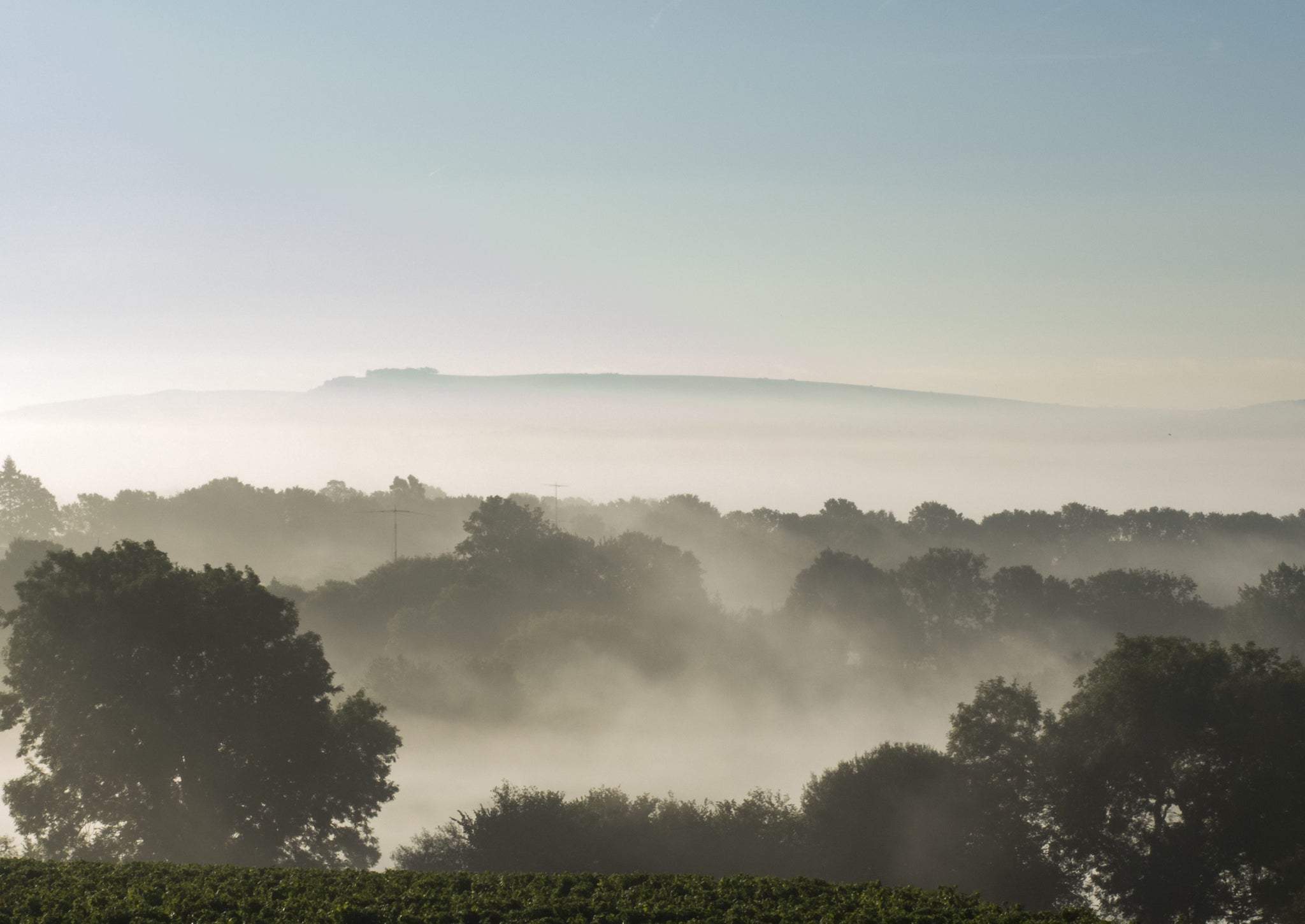Nature Studies: Chalk downs teem with life like no other landscape
Finding any wild orchid is an event. But here there were four species on display

Your support helps us to tell the story
From reproductive rights to climate change to Big Tech, The Independent is on the ground when the story is developing. Whether it's investigating the financials of Elon Musk's pro-Trump PAC or producing our latest documentary, 'The A Word', which shines a light on the American women fighting for reproductive rights, we know how important it is to parse out the facts from the messaging.
At such a critical moment in US history, we need reporters on the ground. Your donation allows us to keep sending journalists to speak to both sides of the story.
The Independent is trusted by Americans across the entire political spectrum. And unlike many other quality news outlets, we choose not to lock Americans out of our reporting and analysis with paywalls. We believe quality journalism should be available to everyone, paid for by those who can afford it.
Your support makes all the difference.We are not over-blessed with truly wildlife-rich habitats in the British Isles. We have no equivalent of tropical rainforest. But we do have one ecosystem that is actually so full of species that even a short walk will make it appear to be teeming with life – and now is the right time of year to set out.
If you were asked to guess it, what would you say? Ancient woodland? Not a bad guess. Hay meadows? Well, if you can find any. Lowland heath? You probably wouldn’t say teeming. The seashore? The best guess so far, but no. The answer, actually, is chalk downland.
The rounded, bare chalk-hills of southern England, the North Downs and the South Downs in Kent, Surrey and Sussex, the Chilterns, the Berkshire Downs and then the Marlborough Downs in Wiltshire and the final downland outcrops in Dorset – these harbour a combined richness of plants and insects on their slopes that is unmet with anywhere else in the British Isles.
Last week, I went for a hike up on Pewsey Downs National Nature Reserve in Wiltshire and saw it once again for myself: the grassland was simply crammed fit to bursting with wild flowers.
The thousands and thousands of cowslips that had carpeted the whole area for the past few weeks were going over, but their yellow was being replaced with an even denser lemon-coloured sward of horseshoe vetch, bulbous buttercups and that prettiest of limestone-loving plants, rock rose; there were blue and purple tints everywhere from chalk milkwort and wild thyme and nodding thistle, interspersed with the white dots of fairy flax.
And that’s just what was obvious; look closer at little things and 40 species of plants can be found in a square metre.
The insect richness was just as remarkable, with 10 species of butterfly on show inside an hour, including brilliant, freshly emerged specimens of the brown argus, that less familiar member of the blue family which has disdained blue as a wing colour for brown, chocolate-brown, in fact, with a charming border of orange spots.
There were three more blues to be seen, flitting around the horseshoe vetch, true blues these, first the common blue, then the small blue – our tiniest butterfly – and the most striking of all, the Adonis blue, which is just coming out and whose wing colour is electrifying.
Other butterflies on view included small copper, wall, grizzled skipper, speckled wood (in a sheltered dip in the downs) and a solitary painted lady, just arrived from Morocco.
Because I was with my friend the naturalist and writer Peter Marren, who has forgotten more about wildlife than I will ever learn, I also set eyes on some creatures I would have missed on my own, such as a cistus forester moth, whose forewings are bright green; it is one of the very few green individuals among our 900 species of larger moths. (Green butterflies are even scarcer in Britain; there’s only the one, the green hairstreak. But we saw that too.)
This burgeoning insect community is supported by the extraordinary plant community of the downs, which is so rich for a number of reasons. The soil is very thin on the steep slopes, poor in nutrients and infertile, which makes it impossible for a few big strong plants to outcompete everything else (such as cow parsley and stinging nettles, whose takeover tendencies I wrote about last month), so a lot of plants find space to germinate and grow.
Many of these are calcium-loving, so the chalk substrate is ideal. And the downs, mostly, have never been ploughed, and have never had chemicals applied to them – they’ve been managed for centuries by sheep grazing, which has meant for greater and greater species diversity.
Now’s a wonderful time to see them, though they will remain species-rich for the whole summer. That sense of species-richness was tangible last week, but the highlight of the hike – not forgetting the skylarks, and the sensational view over the Vale of Pewsey, across to Salisbury Plain – was the orchids.
Finding any wild orchid to me is an event, but here there were four species on display, in huge numbers: common spotted, fragrant, lesser butterfly and burnt orchids, this last, one of Britain’s most rapidly declining wild flowers. All were exquisite; parts of the hillside were like an orchid garden.
“I’ve been coming up here for 20 years and this is the best year for orchids ever,” Peter Marren said, looking on in admiration.
Take it from someone who knows. That’s chalk downland for you.
Join our commenting forum
Join thought-provoking conversations, follow other Independent readers and see their replies
Comments